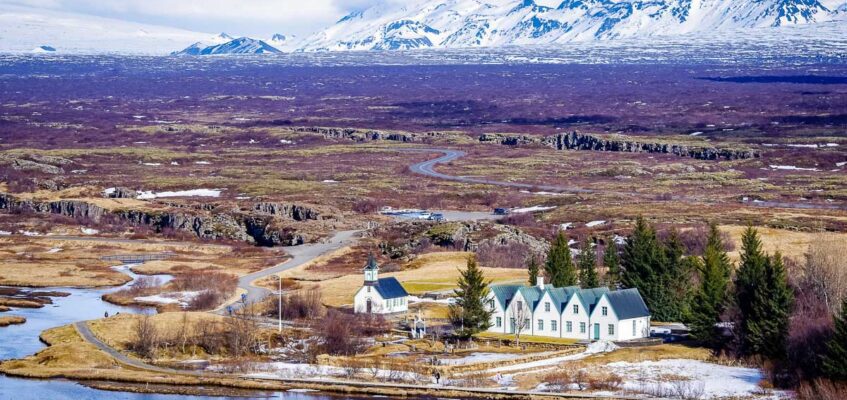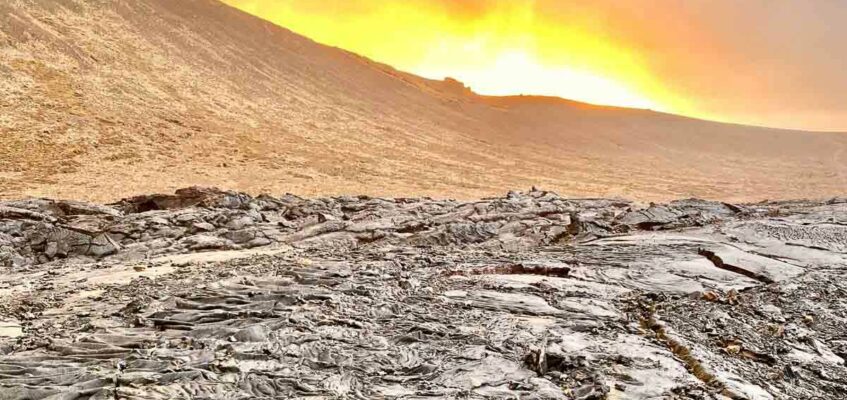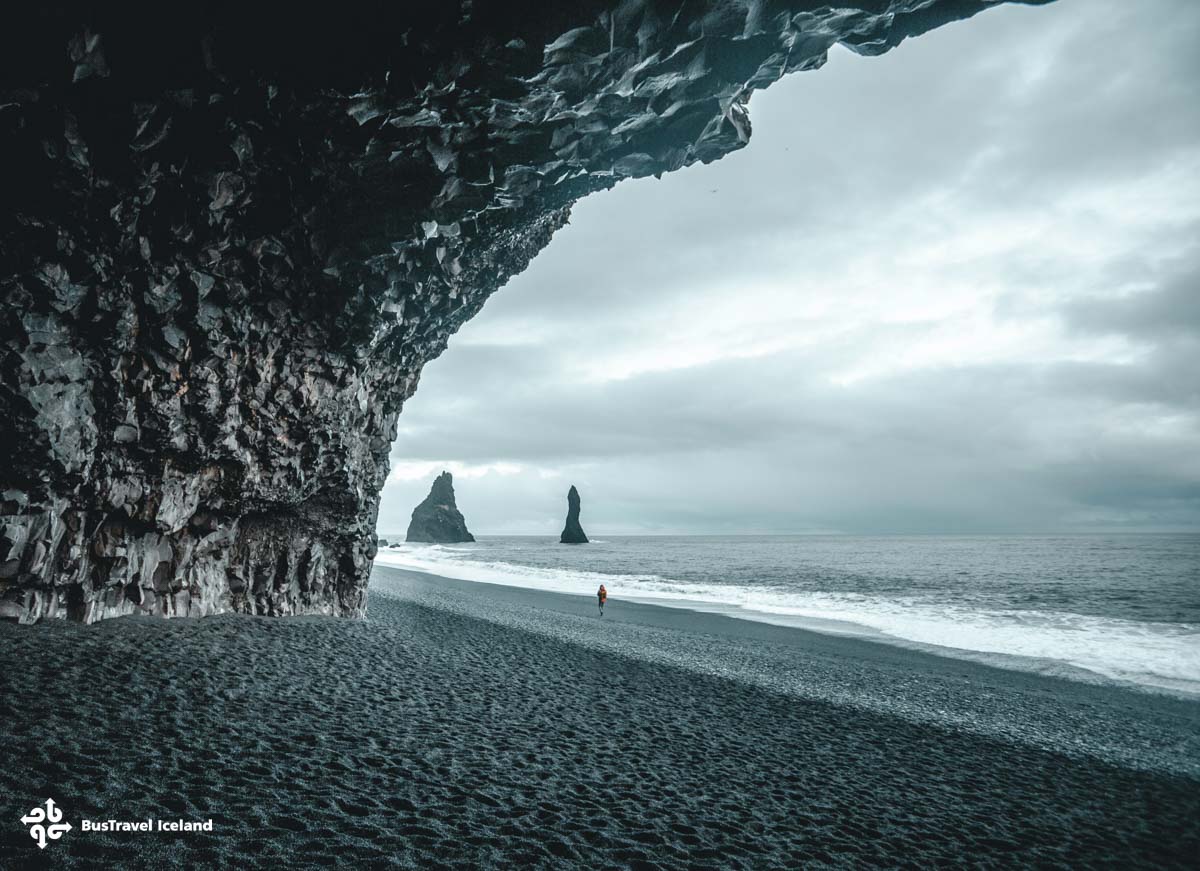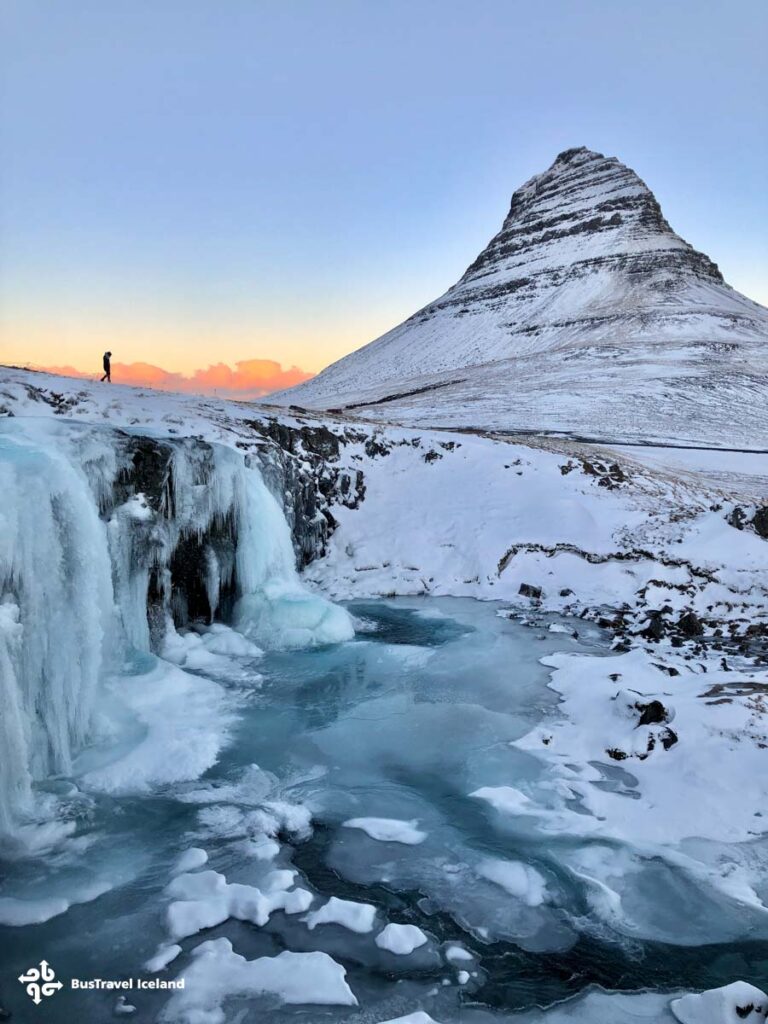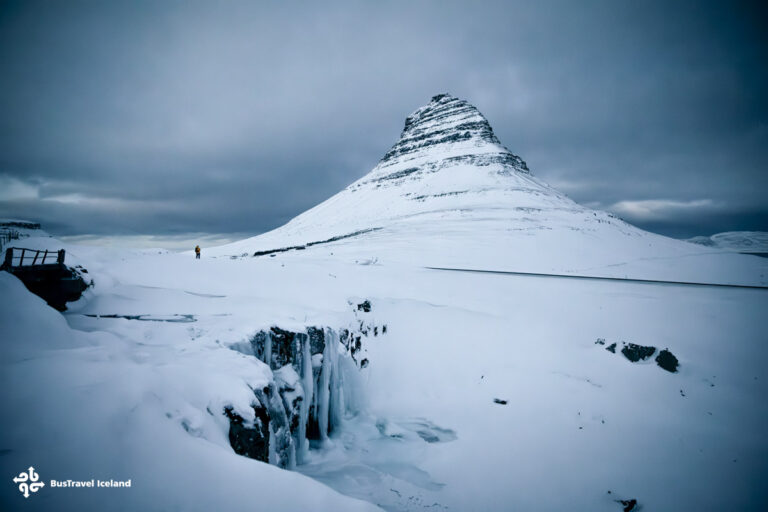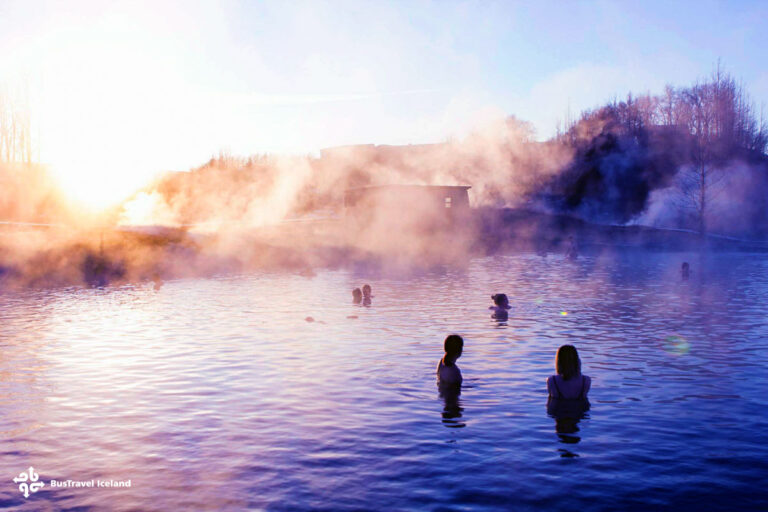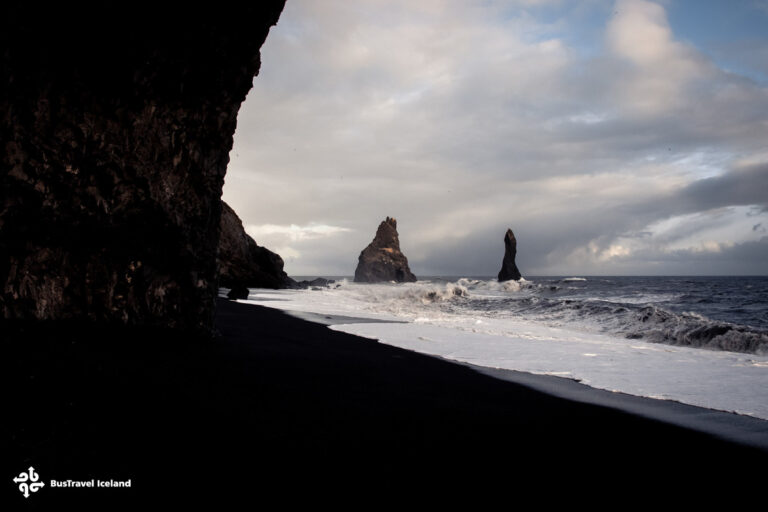Your Guide to Djúpalónssandur Beach
- Snaefellsnes
- 18 Sep 2023
Explore the beautiful Djupalonssandur Beach in Iceland and discover its incredible natural wonders! This beach offers plenty of opportunities to take in breathtaking views and relax in the coastal calm.

Natural Attractions
Unique Rock Formations
At Djúpalónssandur, the Snæfellsnes Peninsula‘s breathtaking landscape is epitomized by its extraordinary rock formations. Three such sculptural wonders are Gatklettur (hole rock), a rock with a “window” framing nearby lava field, Söngklettur (singing rock), known for its singing in the wind due to its peculiar shape, and Kerling (from Icelandic: troll woman), believed to be a troll turned to stone in sunlight.

Djúpalónsperlur, the black lava pearls
The Djúpalónsperlur, or the Pearls of Djúpalónssandur, are another highlight of the area. These smooth, gleaming black pebbles have spurned legends and fill the beach, which is aptly known as Black Lava Pearl Beach. The folklore around these pearls adds a layer of enchantment to the site, as they are said to bring luck to those who respect the beach’s serene beauty. The black pebbles on Djúpalónssandur are protected, but are sometimes used for jewelry making.
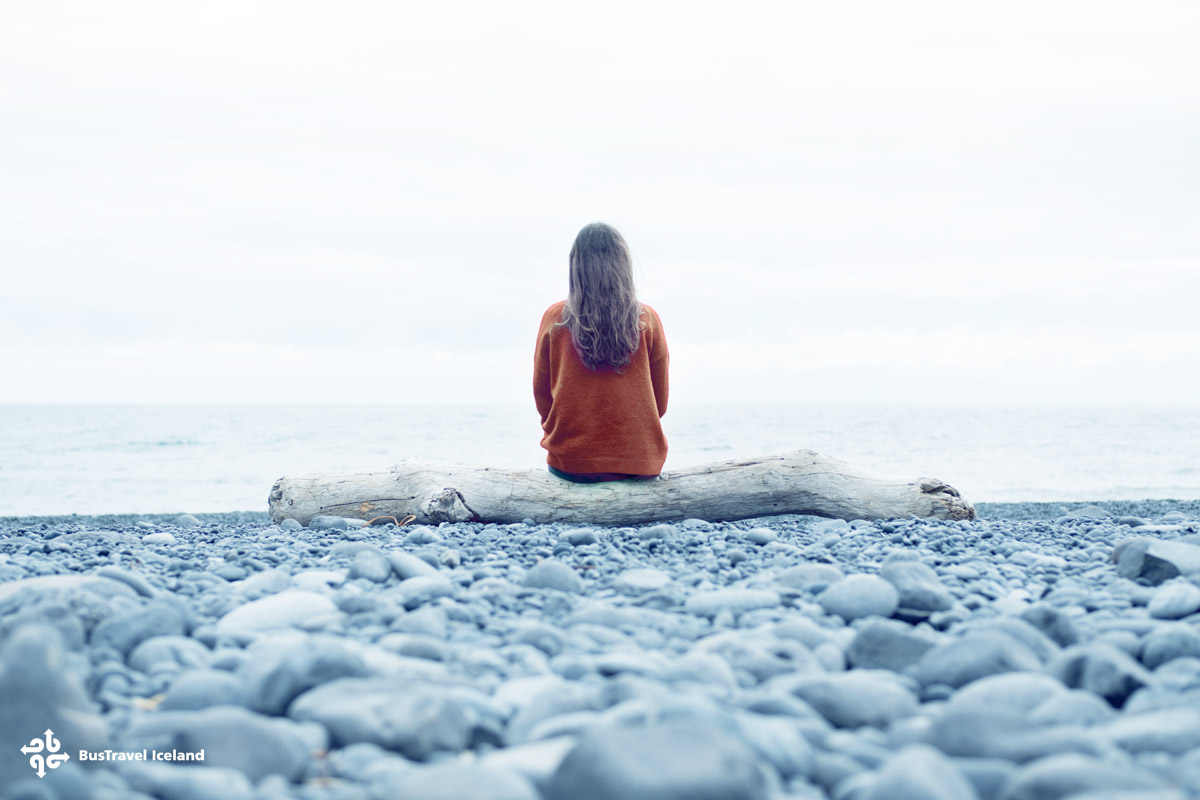
Lifting Stones of Djúpalónssandur
The Lifting Stones of Djúpalónssandur are not only geological features but also historical testaments to the strength of Icelandic fishermen. The names of these stones, Amlóði (Weakling), Hálfdrættingur (Half as good), Hálfsterkur (Half-Strong), and Fullsterkur (Fully Strong), speak to the challenges fishermen underwent to prove their physical prowess. Weighing from 23 kg to a staggering 154 kg, these stones were used to measure a man’s eligibility to join fishing crews—traditions deeply rooted in icelandic culture and heritage.

Where is Djúpalónssandur beach and how to get there?
Djúpalónssandur is easily reachable by car, situated approximately two hours from Reykjavík.
Visitors can follow Route 54 on the Snæfellsnes Peninsula to reach the parking lot designated for Djúpalónssandur Beach. From there, well-marked trails lead to the beach, passing through the lava fields that starkly contrast the surrounding landscapes.

Djúpalónssandur’s history
Djúpalónssandur Beach holds an important place in the maritime heritage of Iceland, bearing the marks of its fishing past and rich folklore. The remnants on this beach tell stories of the struggles and livelihoods of those who once depended on these waters.
Fishing, Shipwrecks and Maritime Stories
Dritvík and Djúpalónssandur served as major fishing stations on the Snæfellsnes Peninsula, with Djúpalónssandur at one time being the bustling heart of a fishing area housing up to sixty fishing boats.
The graveled shores of Djúpalónssandur are a silent witness to maritime tragedies, the most notable being the Epine GY7, a British trawler that was shipwrecked in 1948. Out of nineteen crewmen, only five were saved on that fateful night. The iron remnants scattered across the beach serve as haunting reminders of the perilous nature of sea life.

Staying safe and protecting environment
At Djúpalónssandur Beach, we must be mindful of the potential dangers, including the possibility of sneaker waves, and respect the environmental rules in place to protect this unique area.
Swimming at Djúpalónssandur is strongly discouraged. The North Atlantic waters are exceedingly cold and can lead to hypothermia.
Sneaker Waves are unexpected waves known for their strength that can appear without warning. It’s vital to stay at a safe distance from the water’s edge to avoid being caught by them.
The beach and its surroundings is a protected area, preserving the delicate ecosystem.
At Djúpalónssandur Beach:
- Littering is prohibited.
- Removal of stones or natural artifacts is not allowed.
- Visitors need to stay within designated areas to minimize impact on the local flora and fauna.

Nearby Attractions
Planning your trip to Djúpalónssandur, keep in mind that Snæfellsnes peninsula has many other natural gems to explore. Some of our favorite ones are Búðir Black Church, Ytri-Tunga beach, Lóndrangar rock pinnacles, Arnarstapi village with spectacular cliffs and stone bridge, and of course Kirkjufell mountain.

